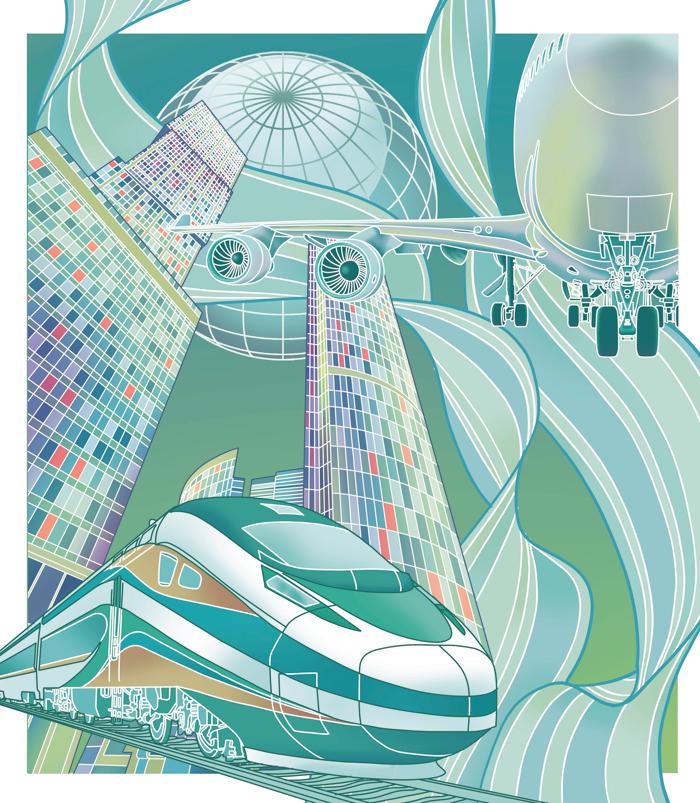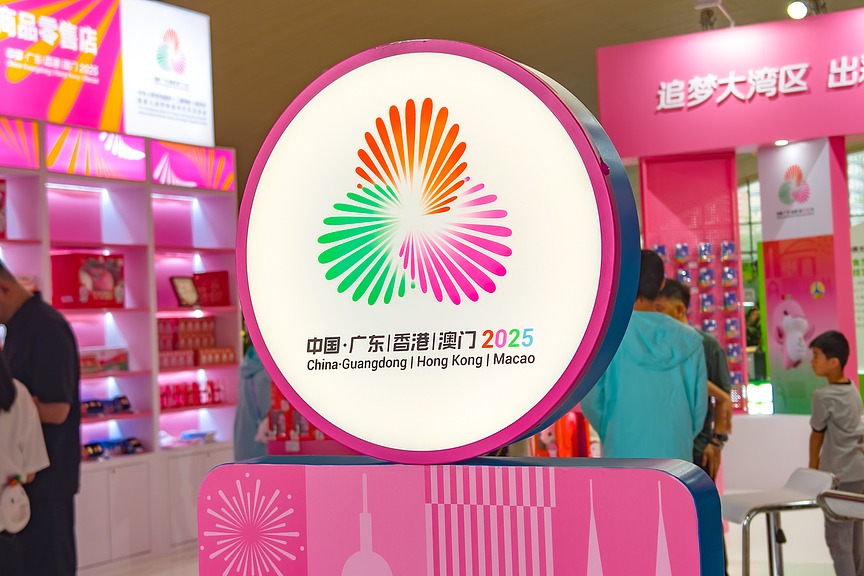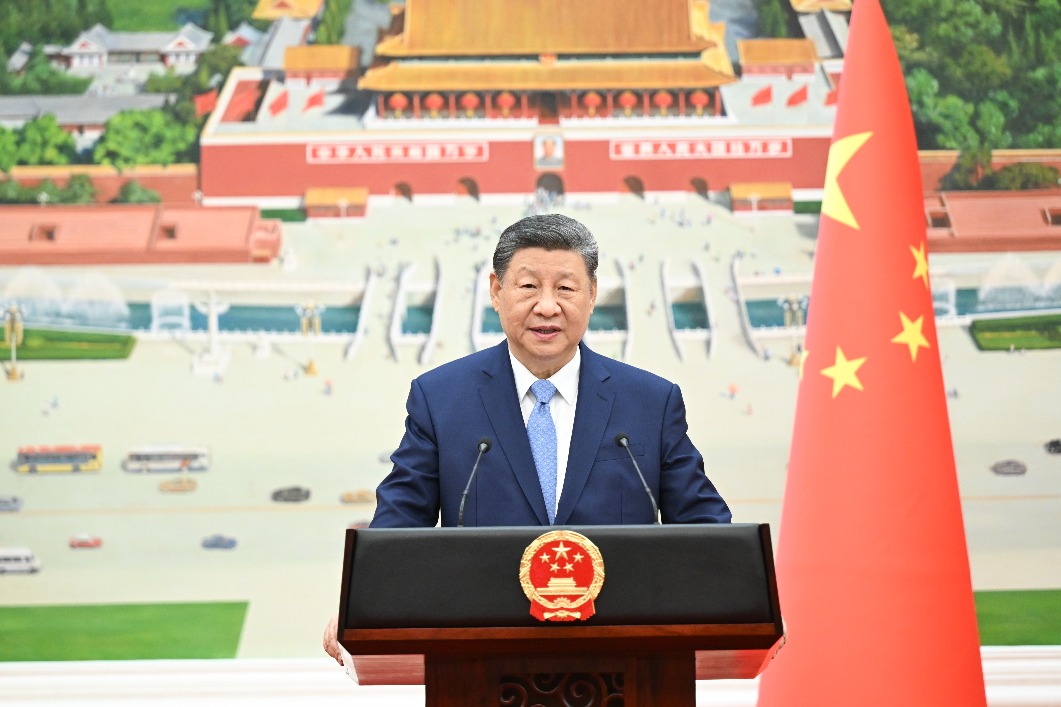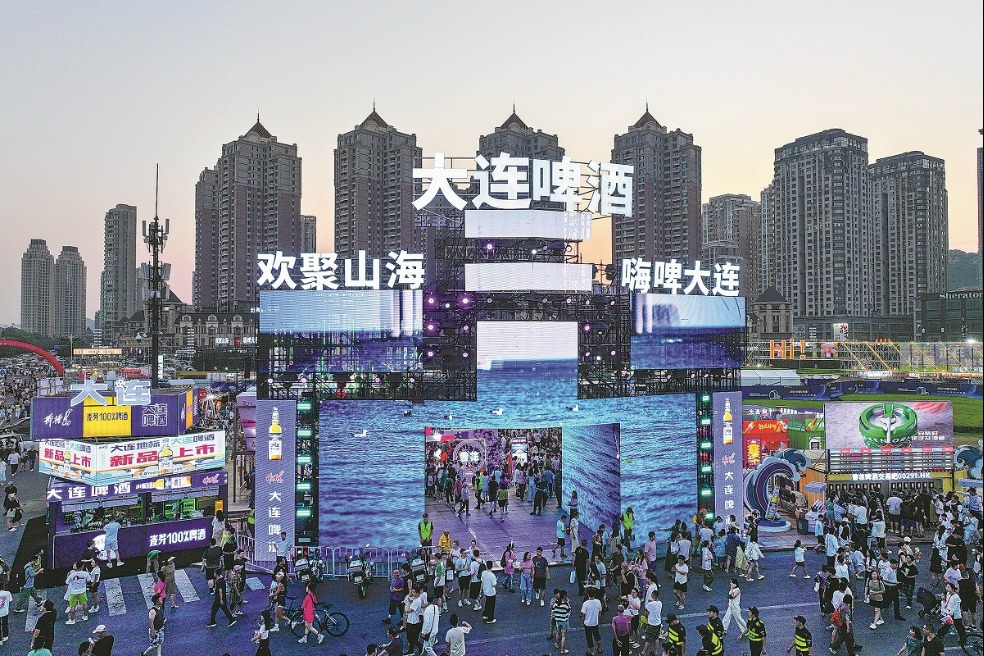Four-wheel drive
China's quartet of prowess is playing a key role in advancing Belt and Road infrastructure projects


Since the Belt and Road Initiative was proposed more than 10 years ago, various infrastructure projects jointly promoted by BRI partner countries have had an influential impact. Large-scale infrastructure projects have not only changed the landscape of the world economy, but also enhanced the industrialization level and wellbeing of participating countries, thus becoming textbook cases of contemporary international economic cooperation and development.
Large-scale infrastructure projects under the BRI have yielded substantial benefits because China can provide many developing countries with assistance in four major ways to advance BRI cooperation.
The first one is China's strength in the implementation of foreign contracted projects.
Construction and engineering is a direct economic activity that creates the remarkable achievements in BRI infrastructure construction, but many BRI partner countries lack the capabilities for taking on large-scale engineering and construction projects.
China's capabilities in foreign project contracting have greatly increased since the launch of reform and opening-up, which empowers Chinese enterprises to participate in large-scale construction projects under the BRI. Since the BRI was proposed in 2013, Chinese enterprises have contracted projects in over 184 countries and regions and seen their competitiveness rapidly increase to be among global leaders. The scale of contracted projects by Chinese enterprises in BRI partner countries has also increased significantly. However, in recent years, there have been relative or absolute adjustments in growth, suggesting that there are some new circumstances and new contradictions in Belt and Road cooperation that need to be addressed.
The second one is the supply capability for equipment and relevant material.
To build BRI infrastructure projects, it is necessary to invest in capital products such as mechanical equipment and relevant materials. Equipment and materials generally account for the biggest part (around 60 to 70 percent) of the total costs of foreign contracted projects.
China has established a complete industrial system, which can provide most of the equipment and materials needed for large-scale infrastructure construction. Judging from international experience, when a country offers preferential terms to developing countries for cooperation in implementing infrastructure projects, it usually prefers to use its own equipment and materials. In keeping with international practices, Chinese equipment and materials have been encouraged for use in these projects, which has helped to promote production capacity cooperation among BRI participating countries.
The third factor is China's strength in outward foreign direct investment.
Large-scale infrastructure projects usually require hefty capital investment, and necessary capital supply is one of the prerequisites for the planning and implementation of such projects. Most of the BRI participating countries are low- and middle-income countries, and a considerable proportion of them are low-income ones, which lack domestic financing capabilities and face many constraints in getting external funding.
China's strengths in providing funding support play a key role in promoting BRI cooperation. There are two major types of financing methods used by China to promote Belt and Road cooperation — direct financing provided by OFDI and various types of funds, and debt financing provided by various financial institutions.
OFDI means that Chinese companies are building factories, mines, transportation and other infrastructure and manufacturing projects in host countries, which require infrastructure projects on various scales.
Foreign direct investment brings savings and foreign exchange to the host countries, helping to fill in the gaps in these two areas. China has set up a number of international funds to make direct investments in BRI cooperation projects. Since the BRI was proposed, China has also seen the emergence of a number of local Belt and Road investment funds, which focus on equity investment mainly in the infrastructure sector.
The fourth one is China's capabilities in credit and debt financing.
Various types of credit and debt financing are the most important ways for China to fund large-scale Belt and Road infrastructure projects. As can be seen from the relevant cases, the cooperation programs between China and BRI partner countries on specific infrastructure projects often include the provision of loan support by designated financial institutions in China. Even official preferential loans are not provided in the form of grant funds, but rather are linked to cooperation in infrastructure projects.
China has carried out several rounds of institutional and policy reforms and adjustments on foreign credit financing since it launched reform and opening-up, particularly since the turn of the century. The country has formed a diversified debt financing system guided by official aid, mainly constituted by policy financial institutions, and actively participated in by market-based financial entities, which plays a critical role in boosting large-scale infrastructure construction and interconnectivity along the Belt and Road.
In recent years, China and BRI partner countries have seen various degrees of decline in the growth rate of contracted projects, international trade, and debt financing, as a result of new challenges posed by changes in the global economic environment. The COVID-19 pandemic and geopolitical tensions have increased volatility and uncertainty in the global economy, as well as the pressure for adjustment in the international project contracting market. Difficulties in economic recovery, divergence in development trends and rising sovereign debt risks in some developing countries have also created new problems for the traditional financing cooperation mechanism.
To further advance Belt and Road cooperation, it is imperative to improve and innovate the investment and financing methods. Policies should focus on strengthening the identification and prevention of risks in all aspects of financing. Specific improvement measures need to be adopted to enhance the sustainability and the steadiness of BRI financing.
To start with, the practical experiences of Belt and Road cooperation thus far should be assessed, the economic development and debt sustainability of host countries comprehensively evaluated, the pace of cooperation on large-scale infrastructure projects moderately adjusted, and highly efficient projects that are "small but beautiful" should be the focus.
Second, market principles should be applied in contracted projects to gradually increase the ratio of project financing and moderately reduce the weight of policy financing.
Third, full-process risk management and control of joint construction projects need strengthening by identifying investment and financing risks beforehand, preventing risks during the construction period, and governing risks afterward. The effectiveness of policy communication among countries participating in the BRI should be enhanced.
Last, on the premise of scientific and effective governance and reasonable cost sharing, the multilateral governance mechanism of global sovereign debt risks should be innovated.
Lu Feng is a professor of economics at the National School of Development at Peking University. Pan Songlijiang is a post-doctorate research fellow at the National School of Development at Peking University. The authors contributed this article to China Watch, a think tank powered by China Daily. The views do not necessarily reflect those of China Daily.
Contact the editor at editor@chinawatch.cn.
































